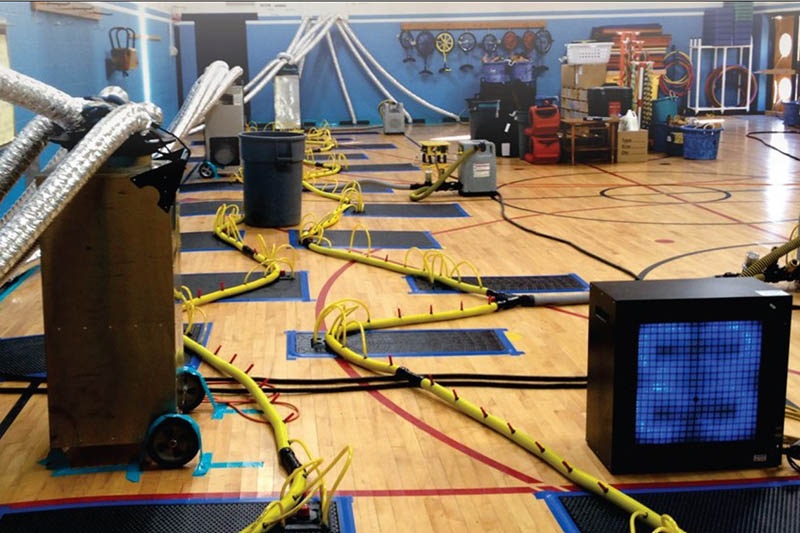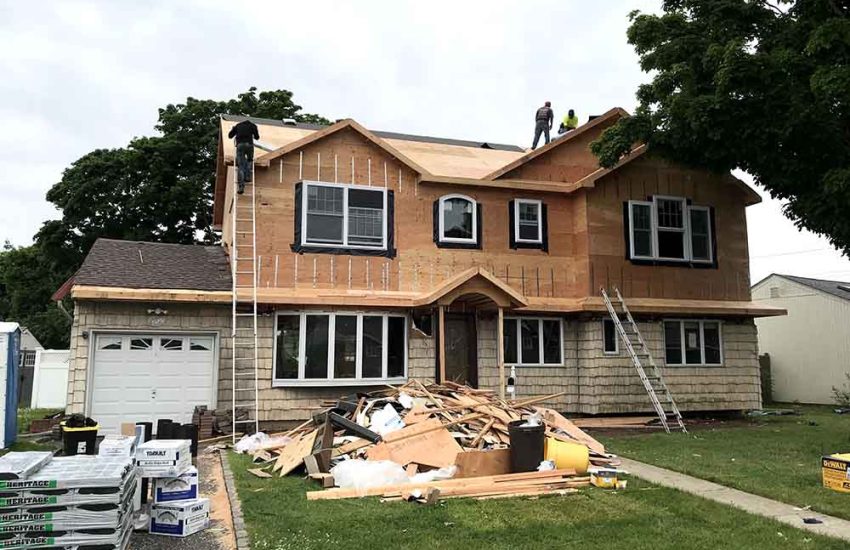Will using ozone generators prevent mold growth?
Once established, it is very difficult to eradicate permanently. This has led some homeowners and building managers to turn to ozone generators with the hope that ozone prevents mold growth before it starts. But does this approach work in practice? There are some important considerations. Ozone itself is an unstable gas comprised of three oxygen atoms. It has strong oxidizing properties that give ozone disinfecting and deodorizing capabilities. Ozone generators work by using high-voltage electrical discharge or UV light to split regular oxygen molecules into individual atoms, which then reform into ozone gas. This ozone then be circulated through a building’s ventilation system or applied directly in problematic areas.
At very high concentrations, ozone is hazardous to health. However, research shows that at lower controlled levels, ozone damages mold spores by oxidizing their outer cell membranes. This is the principle behind using ozone generators to try to prevent mold growth. However, there are some inherent physical limitations to what ozone achieves. Ozone is unable to physically remove mold spores from the air. It only damages them. Any leftover dead spores may still trigger allergies or asthma symptoms. Ozone also dissipates quickly, reverting to regular oxygen usually within 30-60 minutes. So, mold spores are not exposed to ozone disinfection 24/7. This short life span limits ozone’s ability to provide full protection over the long term.
Studies also show ozone has difficulty diffusing through small cracks, around obstacles, and inside porous materials where hidden mold growth could be lurking. So, ozone often cannot reach all the potential mold reservoirs in a building’s walls, insulation, carpets, and fabrics. Some research indicates ozone is less effective against certain resilient mold species like Aspergillus at lower concentrations. Using ozone generators requires strict safety protocols as well. Ozone irritates the lungs and exacerbates breathing problems at high levels. Prolonged ozone exposure also degrades rubber, gaskets, electronics, and some fabrics over time. Careful monitoring and ventilation is crucial. While ozone shows some promise for inhibiting mold growth, it has physical and practical limitations that prevent it from being a standalone or guaranteed solution. If attempting to use ozone generators for supplemental mold prevention, there are some best practices to follow:
- Start with low ozone output and gradually increase in small increments to find the minimum level needed for effects. Avoid oversaturation.
- Follow all equipment instructions carefully to avoid hazardous ozone concentrations.
- Allow proper ventilation and dissipation time between ozone cycles. Never occupy spaces with high residual ozone.
- Use ozone generators for spot treatment of known problem areas rather than whole building application.
- Combine ozone judiciously with other methods like dehumidification, HEPA air filtration, and UV light for enhanced prevention.
- Continuously monitor and control indoor humidity levels. Fix any moisture issues promptly before mold takes hold.
- Improve drainage and air circulation in damp areas to prevent mold growth.
- Temper expectations realistically. Ozone can help reduce but not completely prevent mold growth indefinitely if moisture problems persist.
Ozone generators show some potential benefits for inhibiting mold growth when used carefully as part of a proactive integrated strategy. Here is the link right now damagecontrol-911.com/does-ozone-kill-mold/.




